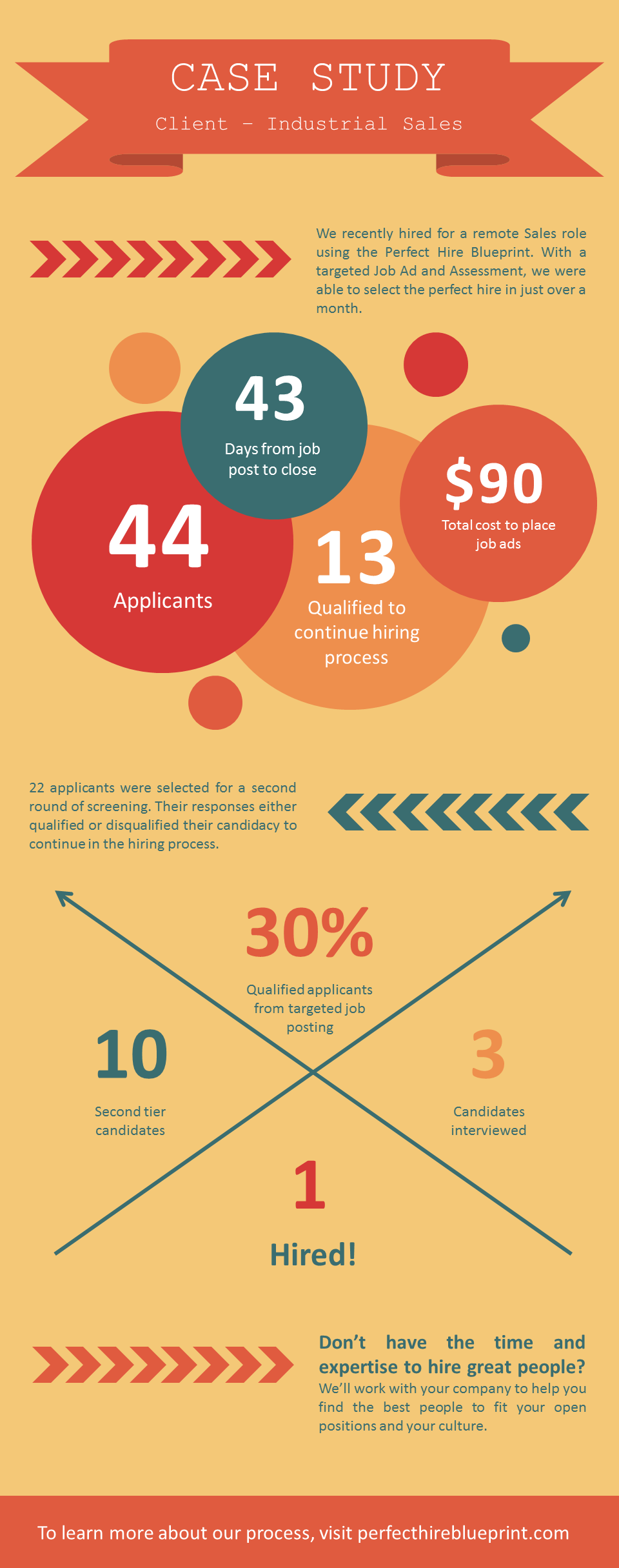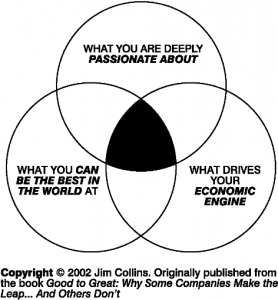Reference checking is an area where many managers may fall short:
- references are not checked thoroughly enough, or not at all
- many references are friends or past coworkers who won’t (or can’t) tell you the truth
- typical reference checking calls are useless because the reference is not objective and knows not to say anything negative
- you might just be directed to HR, who (wanting to avoid legal troubles) will only provide dates hired and departed.
How can you avoid these common pitfalls with your next hire?
Assuming everything went well during the second interview, this is a great time to discuss the candidate’s references. Stress that your rigorous hiring methods do not let weak candidates become employees. To ensure that what is on the resume is the truth, reference checks are taken seriously – this is important to A-players.
Even if there were only a few areas from the Gap Report that caused minor concern, the resume deep dive did not uncover any surprises, and the hiring manager is prepared to make an offer the same day, reference checks (and potentially a background check) still need to be executed.
Tip: A best practice is to ask the candidate to call her references to let them know to expect a call, and to be candid on that call. One more level of candidate commitment is to have her schedule the reference This can save a lot of phone tag on the reference checker’s part.
The candidate should give at least 3 references, and the best are former managers, though it is understandable if the current manager is not provided. If you can’t get the current manager, try to contact someone who has left the company who was at a higher level than the candidate, who may know about her performance.
See it as a red flag if former managers are not provided by the candidate. You need to speak with the person who approved the paycheck. That person will know if the candidate was worth what he was paid.
Again, asking the candidate to contact her references, and having those references reach out to the person doing the hiring, will make this process easier and show the commitment of the candidate. Ideally, the candidate will schedule a time when the call will take place. This eliminates the frustrating task of playing phone tag with references. This is in the candidate’s best interest because it reduces the time to receive an offer.
I admit that this request may not be “normal” or expected by the candidate, but if she is excited about the job, she will arrange this for you. (A word of caution: some meek personalities may cringe at the thought. If it is too uncomfortable, you could lose the candidate, so don’t push too hard on these types of people.)
Some larger companies will have an HR person do the reference checks, but I disagree. Reference checking should not simply be a formality. The hiring manager needs to make the best decision possible, thus more firsthand information is important.
The manager will live with the consequences of hiring a Mis-fit, so she should ask the questions of a peer manager of the other company. Manager-to-manager and peer-to-peer conversations yield the best information.
There are the questions you should always ask, and there are the questions to be asked in areas of concern that have not been resolved in the interviews. Though some hiring managers will prefer to communicate via email, you will gain much more insight from speaking with someone on the phone.
Start the conversation with:
- “I’m sure you want Joe to succeed, so I just want to make sure I really understand him.”
This will give the manager a chance to open up.
Here are some good questions to ask:
- In what capacity did you work with Joe?
- What were his biggest strengths or value to the group?
- Would you say that Joe was in the top 25% in job performance as compared to his peers?
- If you were managing Joe today, what area(s) would you think he could improve most?
- In the interview, Joe told me the story about ___. Can you tell me what happened from your perspective?
- Joe seems to be (character trait). Do I have a correct impression of this?
- Where do you think the candidate could improve? And, would you hire/like to work with the candidate again?
In reference checks, it is important what is said, but it is also very important what is not said. The candidate gave you the references, so they should be stellar. If you are expecting to hear very positive comments, neutral responses or lack of comment would be a sign that you should not ignore.
Also listen for the tone of voice. If there is not excitement in the conversation, you should try to determine why.
Word of caution: I know at this point in the process you want this to be over. You’ve gone through the many steps to this point, and you’ve gotten your team to agree on a candidate. It is human nature to overlook a few issues. Just remind yourself that a finding out a significant issue will save you 10x the aggravation if you hire a Mis-fit.
There have been many cases where a candidate was not hired due to a poor reference, and the company that gave the less than stellar reference could be sued. A successful lawsuit would only be for defamation of character – knowingly giving false information. People don’t win cases when the facts were correct, or one’s opinion was given.
If the candidate gave permission to check the reference, the former employer is on even safer ground. For more articles on this topic (legality of reference checks, and a primer on defamation), visit PerfectHireBlueprint.com/Resources.
As a precaution, many HR departments of larger companies ask that either the reference gives only employment verification and the dates of employment, or that all inquiries are sent to HR to respond. This does not help the case of an employee who has a fantastic record of performance, so it seems that some companies may have gone too far.
All states have different laws, and employers need to be aware of these laws. The interviewer has no risk in asking, but the reference could get his company in trouble for not disclosing some types of information.
Be aware also of a false good reference. This takes more skill to detect, but I know of cases where a company did not want to fire an employee, but they made it difficult for the employee, hoping that he would leave. This is true of administrative staff and also higher level employees.
A reference check should be welcomed by that employer because it indicates that the candidate is seriously looking for a new job. A glowing report that is unwarranted could possibly pass the problem on to the new company.
The best reference to check may be one that was not provided by the candidate. If someone in your company knows someone in the candidate’s current or prior company who is not on the candidate’s reference list, try to talk to that person in a casual way to get candid information and opinion.
To download a list of recommended questions, click here.


 (
( “Equal pay for equal work” is the typical catchphrase of the Salary Equality issue, which was prominent at both major political party conventions last month. Hillary Clinton has been talking about the gender salary gap all along, and Ivanka Trump spent some time on it in her speech before introducing Donald Trump (who did not mention it).
“Equal pay for equal work” is the typical catchphrase of the Salary Equality issue, which was prominent at both major political party conventions last month. Hillary Clinton has been talking about the gender salary gap all along, and Ivanka Trump spent some time on it in her speech before introducing Donald Trump (who did not mention it). If the starting point for the new leader is the position of the departed leader, then you will likely get someone who on the other side of the pendulum arc. The further away the previous leader was from the stable, steady state (amplitude), the further the next leader will be from equilibrium due to the kneejerk reaction to the prior’s weaknesses. That’s just how a pendulum works – if it’s pushed a large distance from the bottom, it will go the same distance up the other side. No matter the position to be filled, people tend to try to hire someone who was either successful in a position, or the opposite of someone who failed.
If the starting point for the new leader is the position of the departed leader, then you will likely get someone who on the other side of the pendulum arc. The further away the previous leader was from the stable, steady state (amplitude), the further the next leader will be from equilibrium due to the kneejerk reaction to the prior’s weaknesses. That’s just how a pendulum works – if it’s pushed a large distance from the bottom, it will go the same distance up the other side. No matter the position to be filled, people tend to try to hire someone who was either successful in a position, or the opposite of someone who failed.